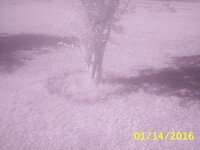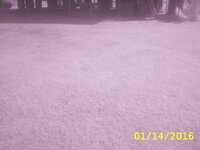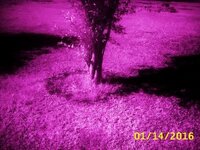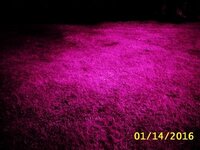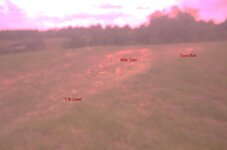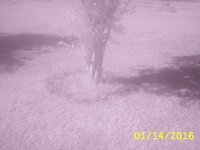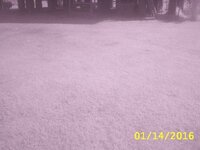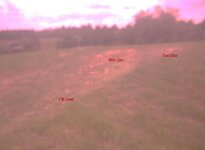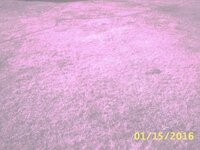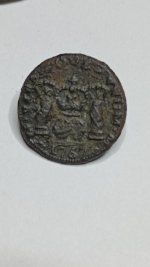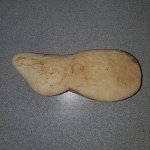IMHO, with the shaft of vertical 'white' on the left side it appears to me that it may be a flaw. Perhaps a minute crease or fold in the 35mm film, or a spot where the layers are slightly separated. The white spot leads me to believe sunlight maybe directly hitting the inside of the film from above.
i agree with you airborne. so tomorrow ill take another shot using newly constructed frame made using the proceedure from instructables...ill take the shot at same place, same time, same angle as much as possible.
i agree with you airborne. so tomorrow ill take another shot using newly constructed frame made using the proceedure from instructables...ill take the shot at same place, same time, same angle as much as possible.


